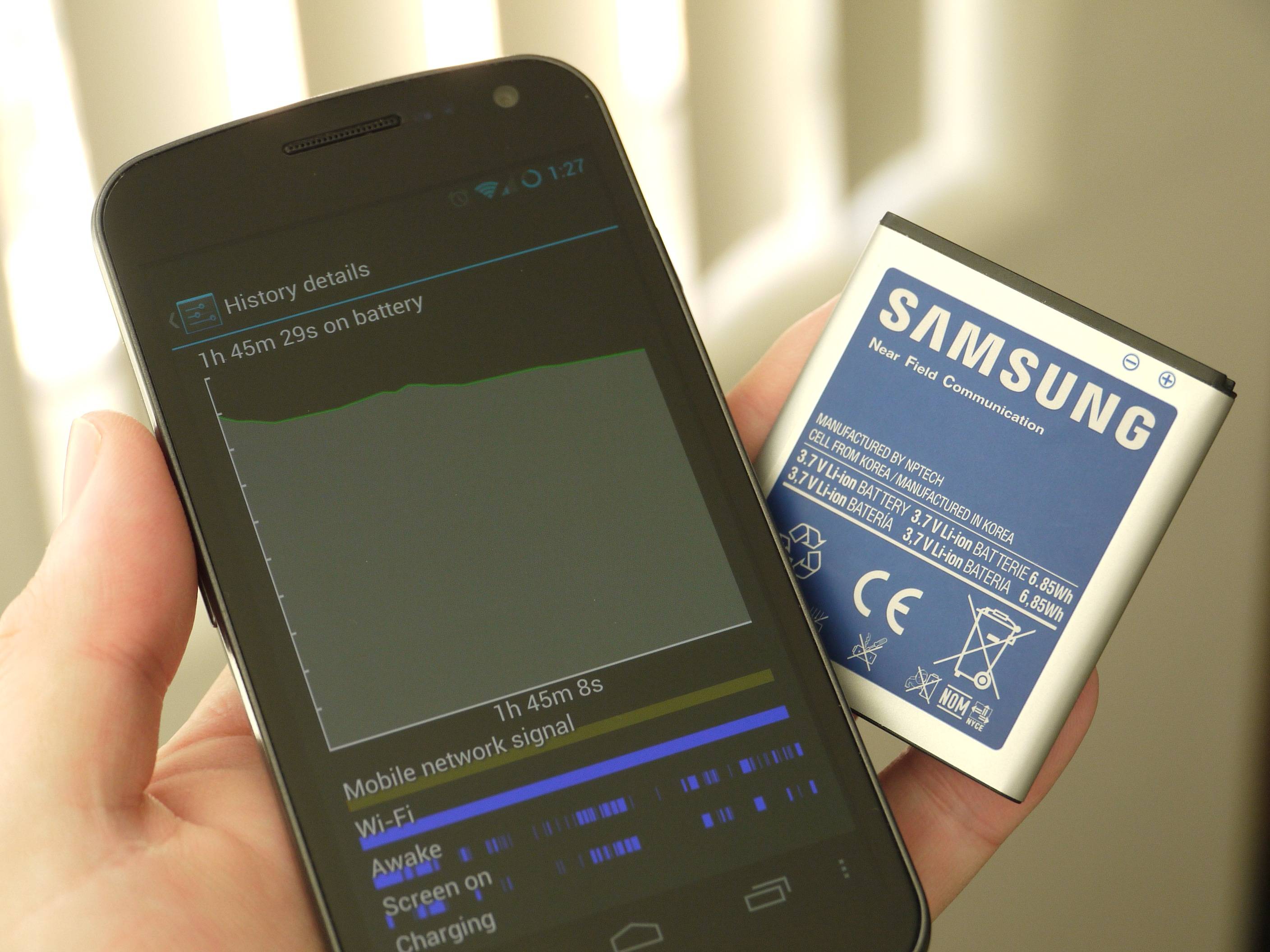
In a smartphone world of 5.5-inch HD screens, quad-core 1.5 GHz processor that rival old computers and more one thing that is still truly holding smartphones and tablets hostage is the battery life. Whether it be Android, iOS, or anything else for that matter battery technology has only come along so far, and that isn’t much. However, A new crushed silicon technique could see our battery life triple without using more real estate.
Lets be honest. While technology as a whole has been improving by leaps and bounds our battery life hasn’t. This is a massive selling point for devices with smaller screens, or happy-medium devices like the Motorola DROID RAZR MAXX HD with a massive screen and a huge 3,300 mAh battery. Most users are lucky to get an entire day out of their smartphone in this connected world we live in, but that could soon be changing.
Interesting news appeared today on SlashDot detailing a new crushed silicon method that could potentially triple our battery life, and soon. While I’m obviously no battery expert the details revealed were quite interesting. Instead of using the usual graphite anode construction many commercially available lithium ion batteries use, an improved silicon method has been developed.
Apparently silicon has been in the mix for an excellent alternative and perfect material because it holds up to ten times more lithium ions than graphite, but has a few issues preventing it from currently being used. Surface area expands under certain circumstances, and previous silicon anodes didn’t have enough surface real estate to reliably cycle battery life. Well, Engineer Sibani Lisa Biswal and research scientist Madhuri Thakur have discovered that using silicon sponges and crushing them to get more surface area without adding size, have been able to produce functional batteries with up to 3x the battery life of current options. This is all pretty technical stuff, but if our smartphones can stay the same — or get thinner — while lasting 4-5 days and beyond we’re all for it.
Current graphite anodes can handle around 350 mAh per gram, but this new technique allows for over 1000 mAh per gram. I don’t know about you guys, but this sounds excellent. The team is working to find the optimal materials and hopefully this can be one of the next major breakthroughs we’ve all been waiting for. That goes for the mobile market, hybrid smart cars, and everything in between. Interesting stuff right?
[via AndroidSpin]










Can’t get here soon enough.
Right..
This is great news! Though I think we’re more likely to get more power hungry SoCs than have a mobile device that lasts 5 days. Arm currently offers really small cores that could go into smart phones, but they would provide a poor app experience, which seems to be a driver for the mobile market.
True.. Hardware will always push the cutting edge of battery or power constraints, that’s for sure.
I’d love a happy medium where we can all get 3 days of battery life with killer performance. Sounds good to you. Get a RAZR MAXX.. lol jk
Dude, just a solid 24 hours with moderate use on LTE and I’d be happy. Three days sounds like a fairy tale.
Battery technology is the slowest-evolving technology mankind has ever known.
It’s pretty old technology. The first rechargeable battery was invented in 1859 (though of course it wasn’t Li-ion). They’ve worked out most of the kinks possible without finding new materials, and even that’s been done 20+ times already. Still, most != all, and I’m really excited for *any* breakthrough at this point.
It’s pretty old technology. The first rechargeable battery was invented in 1859 (though of course it wasn’t Li-ion). They’ve worked out most of the kinks possible without finding new materials, and even that’s been done 20+ times already. Still, most != all, and I’m really excited for *any* breakthrough at this point.
That would be the printing press